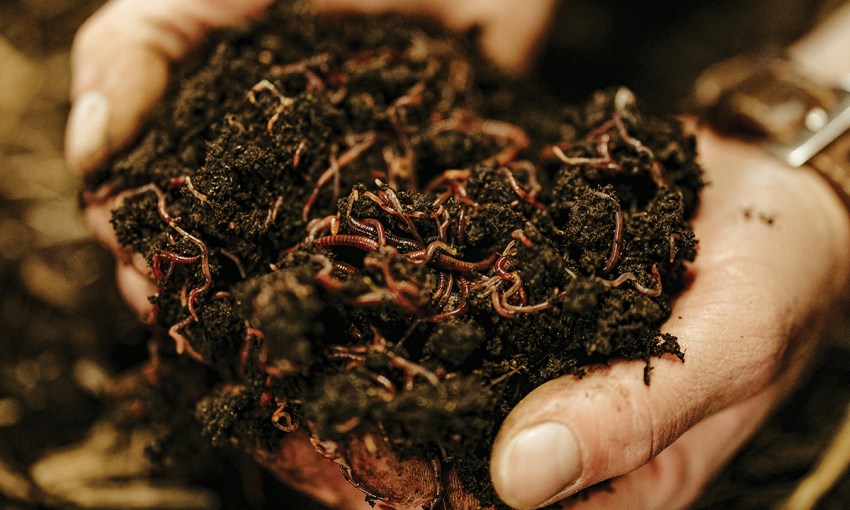There’s no better garden feeling than turning over some soil and finding it filled with a mass of wriggling worms – it’s the sign of a healthy yard!
Welcome to the wonderful world of worms
Worms are constantly on the move, silently sliding through your soil opening a network of tiny tunnels, moving rich topsoil to lower layers and our plants just love it. Another advantage of having a good population of worms is that they help loosen and create a more friable soil, making it far easier for plant roots to grow, spread and search for nutrients. The tiny worm holes allow air and water to easily penetrate the ground and, importantly, find their way to the roots of our plants. While water is essential for plants, air is just as important for strong root development.
Identified by where they live in the ground, earthworms are divided into three main categories: top, soil and deep dwellers. Night Crawlers, a European species which lives in the soil zone, are common throughout home gardens and, as the name suggests, do their best work once the sun dips, at which time they head to the surface to feed and then drag organic matter down as they burrow.
There are more than 1000 species of native worms in Australia along with another 80 or so introduced – and beneficial – types.
Worms hate waterlogged or boggy ground. Just like us, worms breathe, the only difference is they don’t have lungs and instead take in air though their skin, which is a problem when the ground is saturated. So, it’s important to have good drainage to maintain a healthy worm population.
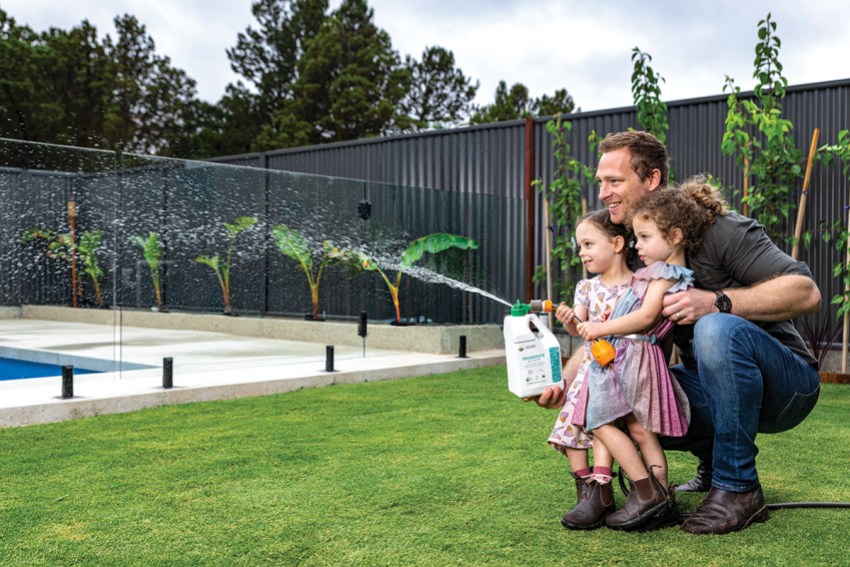
And remember to feed them; plenty of organic matter is what’s needed. Spread compost, manure, lawn clippings, food scraps and loads more over the ground and dig it in. It will be gobbled up in no time.
The ancient Greek philosopher, Aristotle, called worms the “intestines of the earth” because they devour half their body weight in organic matter each day, producing great amounts of wonderful worm poo. It’s this poo or “castings” that’s like gold for the garden. Worm castings are filled with nutrients and enzymes that stimulate root development and increase plant growth in the most amazing ways.
An important component of these castings is humus; the dark, organic material that forms in soil when plant and animal matter decays. This magic ingredient increases soil’s microbial activity making the ground healthier and more fertile. It’s also highly effective at improving the quality of all types of soils, especially clay, sandy and organically deficient ones. Humus extracts toxins and other harmful fungi and bacteria, leaving a balanced and inoculated soil better equipped to fight off plant diseases.
Worm castings are also simply brilliant at retaining moisture, and should be an important consideration when “water proofing” the garden, because castings can hold up to six times their own volume in water.
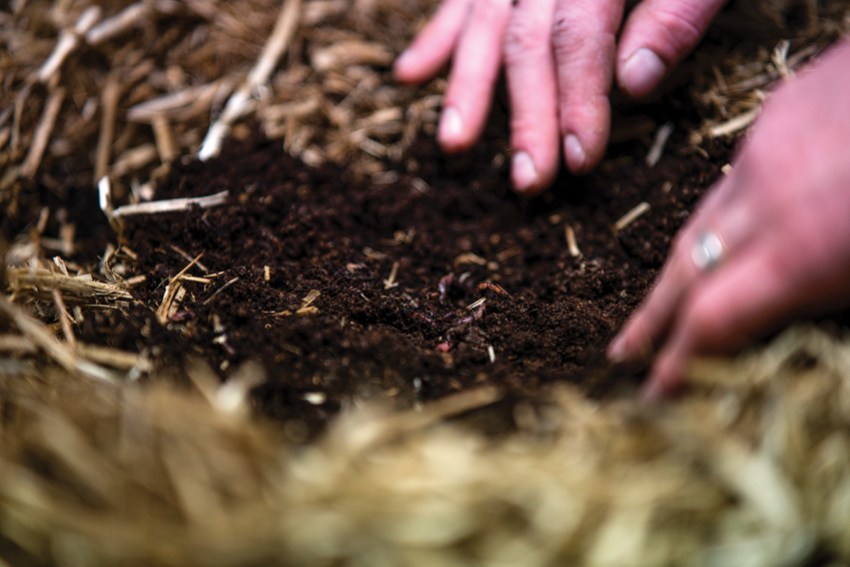
Local South Australian company, Microtek Organics, based in the Barossa Valley, have looked to worm power to develop their business. Recognising the amazing benefits that worm castings and liquid provide, passionate organic devotees, Alex and Tess Girke have set up a system of worm farms on their property to harvest, process and sell this garden gold.
Through many years of research and development, they have perfected an ingenious system for extracting the organic and sustainable oils from the castings. They supply to both commercial and retail markets and you can check out their website – microtek-organics.com.au – for more details on the range of humate- and microbe-filled products.
Anything we can do to keep organic waste from landfill the better. Not only is organic waste bulky, but it produces harmful greenhouse gases as it rots, creating serious issues for local communities. Thankfully, food scraps are fine to place in your green waste bin, although having a worm farm at home is even better. Tucked by the back door, they’re brilliant at turning excess green into wonderful rich compost.
Worms that live and feed in the topsoil make the best recyclers for worm farms. Species such as Red Wigglers and Tiger Worms are able to withstand hotter temperatures than many other types, making them a good choice for household worm farms. Voracious eaters, they turn food waste into microbe-rich vermicompost full of castings in little time. Plus, if you like casting a line, these earthworms are highly rated for fishing too.
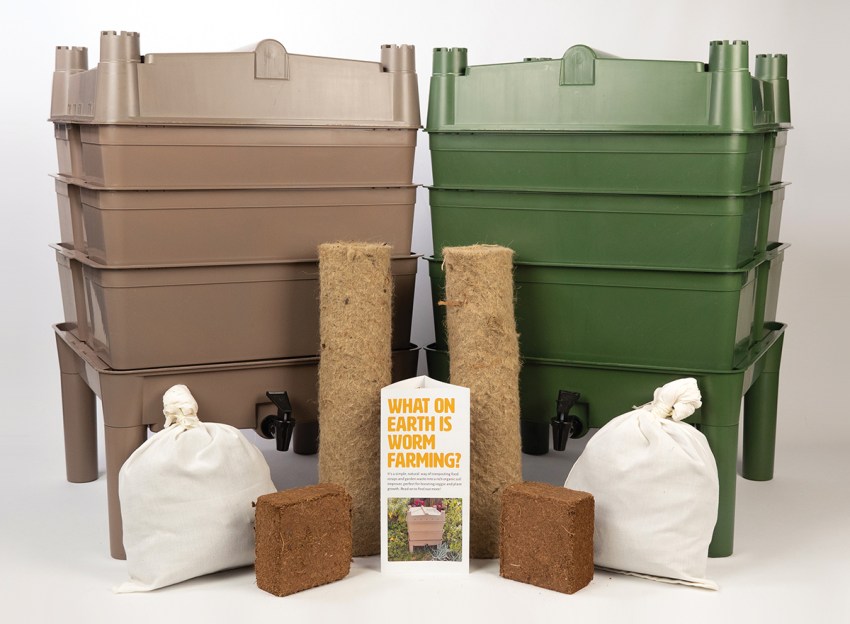
Worm farming is great for kids. Many schools and early learning centres use their worm farms to educate and enthral students, teaching the benefits of organic recycling in a very practical way, as well as being a great resource of wriggling fun.
Worm farms come in all shapes and sizes. Another local vermi-focused company, the Australian Worm Firm (australianwormfirm.com.au), have recently begun manufacturing the Worm Castle, an attractive and easy-to-maintain worm farm ideal for apartment balconies, courtyards and back yards. Made in South Australia from recycled plastics, it is ideal for both beginners and experienced gardeners. Unlike other worm farms, which are predominantly black, the Worm Castle comes in two colours – Gumleaf Green and Mocha.
Buy your composting worms and you’re ready to start. Balancing the number of worms and the amount of food waste can be tricky. Too much organics can lead to untouched waste that rots and smells. If too little, worms will go hungry and their numbers reduce. By adding small amounts of food regularly, you can get a feel for your worms’ recycling capacity and adjust accordingly. Remember to cut up large pieces of fruit or paper, the smaller the size, the quicker it is eaten.
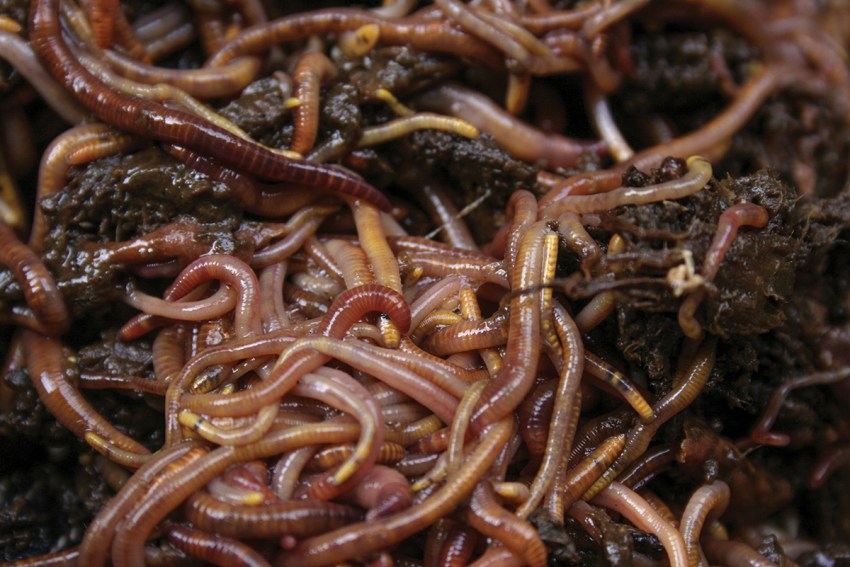
Keeping a balance of green waste (food scraps) and brown waste (carboard, paper, leaves) ensures a good nitrogen-to-carbon ratio. Feeding worms with 50 per cent “green stuff” and 50 per cent “browner stuff” will do the trick. Also, placing the worm farm in a shaded spot prevents overheating and worm mortality.
Worm farms, like the Worm Castle, capture wonderful nutrient-rich liquid that filters through the castings. This is a brilliant plant tonic, dilute at one-part worm water to 30-parts water and you’ll end up with a “tea” that every plant, both inside and out, will want to drink.
Whether your garden is big or small, you can always use an extra bit of assistance, so encourage worms, both in-ground and in-farm, into your yard. Worms are brilliant garden helpers.
This article first appeared in the Autumn 2023 issue of SALIFE Gardens & Outdoor Living magazine.



